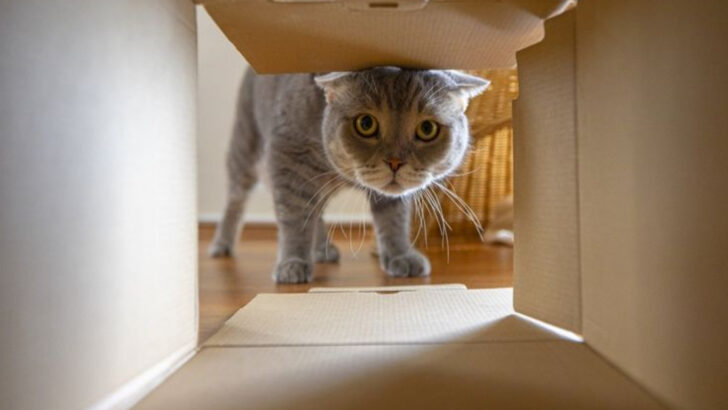Cats may not speak our language, but they’re constantly telling us how they feel. From the way they stretch in the sun to how they greet you at the door, their behavior holds clues to their well-being. When a cat is thriving, it shows in everything—from their glossy coat to their playful attitude. But subtle changes in mood, appetite, or habits can sometimes signal that something’s off. The key is knowing what’s normal for your cat and spotting when things shift. A happy cat isn’t just content—it’s also healthy, comfortable, and feeling safe in its environment.
Playful Antics
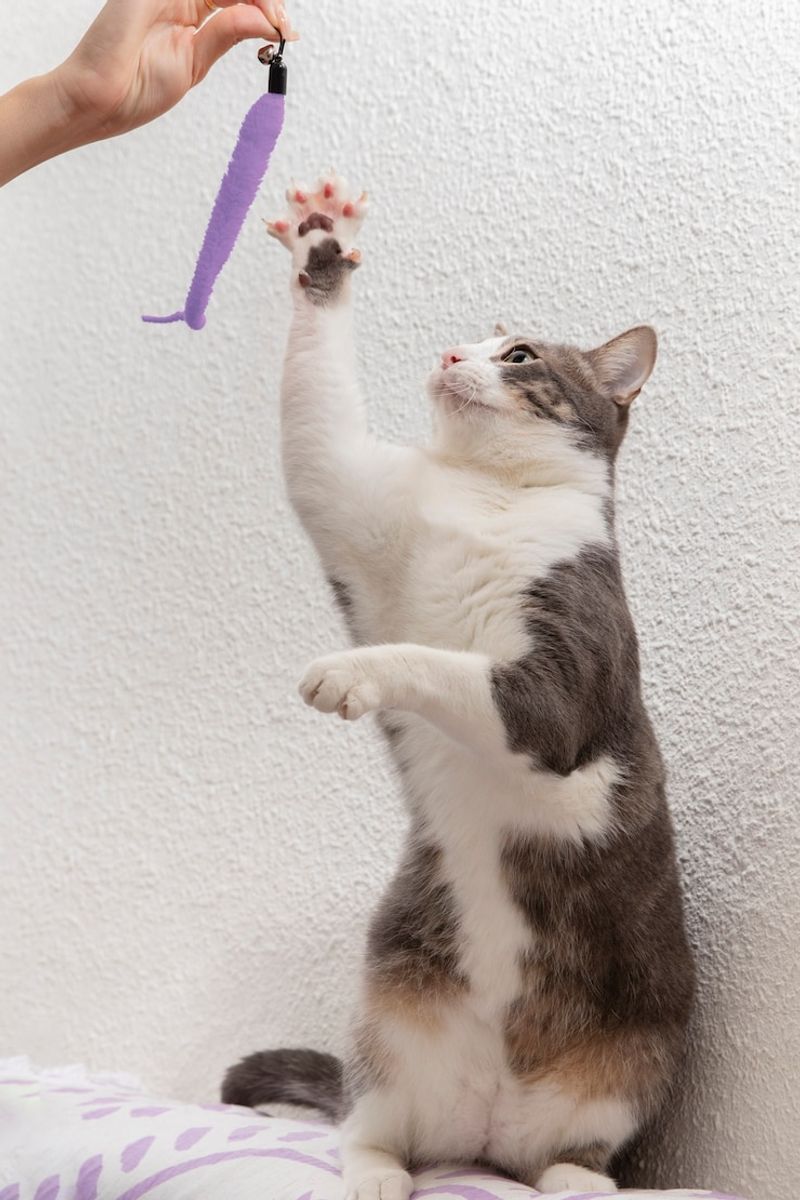
A cat chasing after a ball with sheer enthusiasm is a delightful sight. This playfulness is a strong indicator that your feline friend is thriving. When cats engage in regular play, it shows they have energy and are mentally stimulated.
Play is also a form of exercise, helping maintain a healthy weight and muscle tone. Additionally, playful behavior can signify a cat’s confidence and comfort in its environment.
Encouraging such antics, with toys or interactive games, can further boost your cat’s well-being.
Glossy Coat
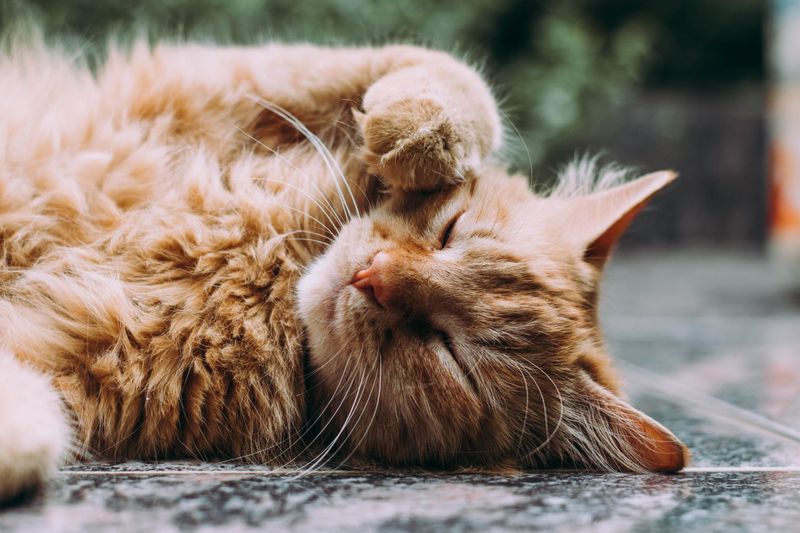
The sheen on your cat’s coat can speak volumes about its health. A glossy, smooth coat is often a sign of good nutrition and overall health. Regular grooming helps distribute natural oils, keeping the fur in excellent condition.
If a cat spends time meticulously cleaning itself, it’s a positive sign of well-being. This behavior indicates that your cat is comfortable and not stressed.
Ensure a balanced diet and regular vet check-ups to maintain this lustrous appearance.
Healthy Appetite
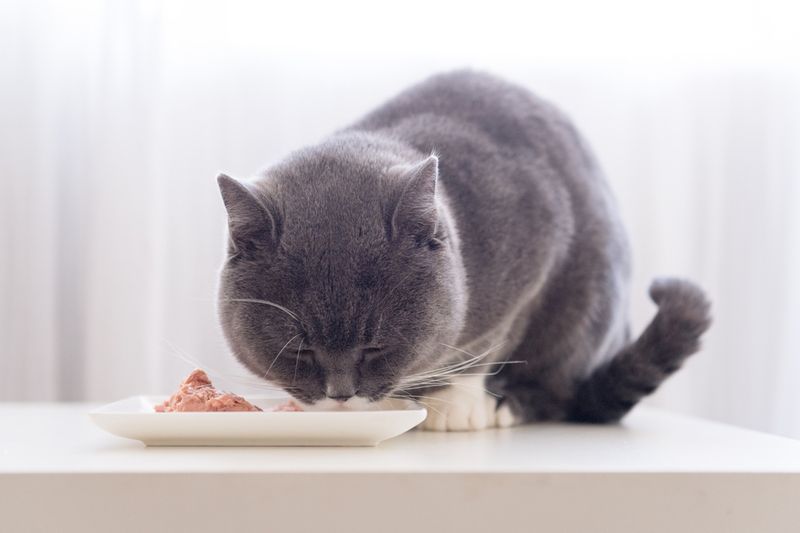
A hearty eater is often a happy cat. Observing your feline’s enthusiasm during meal times can be a positive sign of good health.
Cats that eat with gusto generally maintain an appropriate weight and have the energy for daily activities. However, sudden changes in appetite, either increase or decrease, might suggest health issues.
Monitoring your cat’s eating habits will help you recognize patterns and potential concerns early on.
Bright Eyes
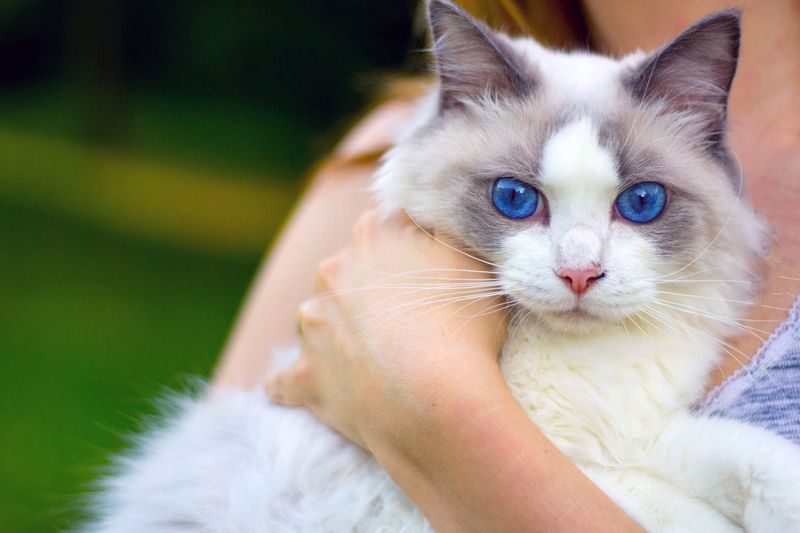
The eyes, often referred to as windows to the soul, reveal much about your cat’s health. Bright, clear eyes without discharge or redness typically indicate a thriving cat.
Healthy eyes should be open and expressive, reflecting the cat’s mood and energy levels. If your cat frequently squints or shows other signs of discomfort, it could be a symptom of distress.
Regular checks can ensure any issues are addressed promptly.
Curiosity
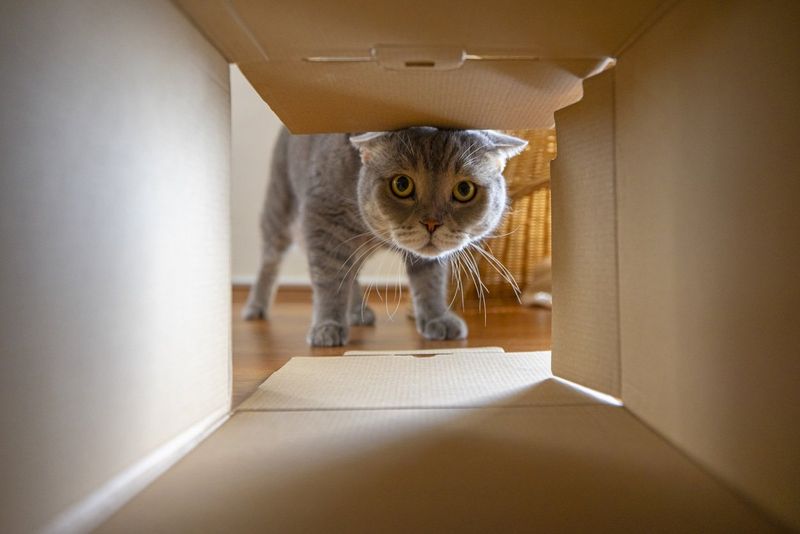
Curiosity didn’t harm the feline; rather, it signals its mental well-being. A curious cat engages with its surroundings, exploring new objects and environments with enthusiasm.
This behavior indicates a stimulated and healthy mind, often accompanied by physical activity, which is vital for overall health.
Providing new experiences and toys can keep your cat mentally agile and happy.
Affectionate Behavior
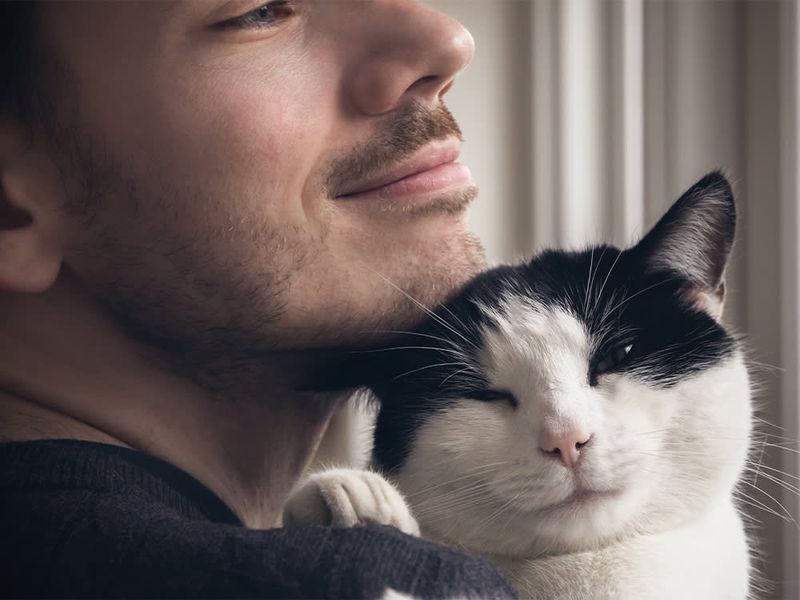
When your cat seeks your company, purring and nuzzling, it’s a heartwarming sign of trust and affection. Such behavior indicates that your cat feels secure and loved.
Cats that freely show affection are often well-adjusted and thrive in their environment.
Encouraging this interaction strengthens your bond and contributes to their emotional well-being.
Vocal Communication
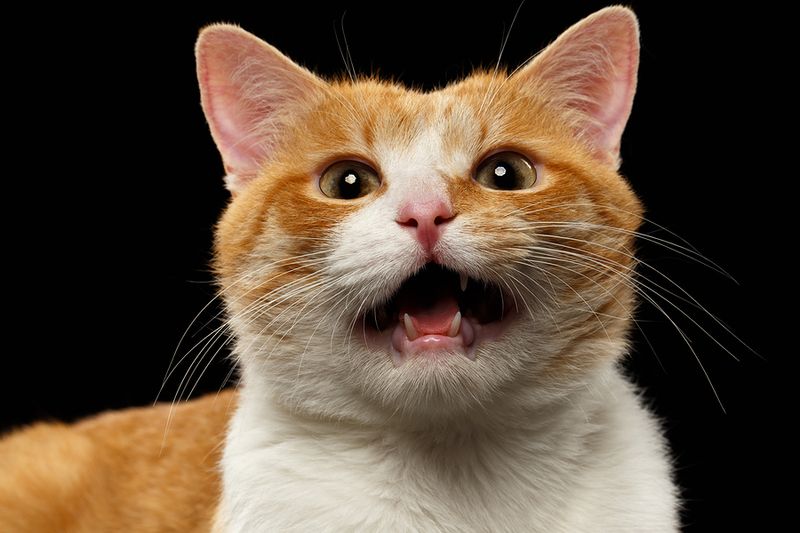
Has your cat been chatting with you lately? Vocal cats often express their needs and feelings through a variety of sounds.
A thriving cat uses vocalization to communicate effectively, whether it’s a soft meow for attention or a purr of satisfaction.
Understanding these vocal cues can enhance your relationship and ensure your cat’s needs are met.
Composed Grooming
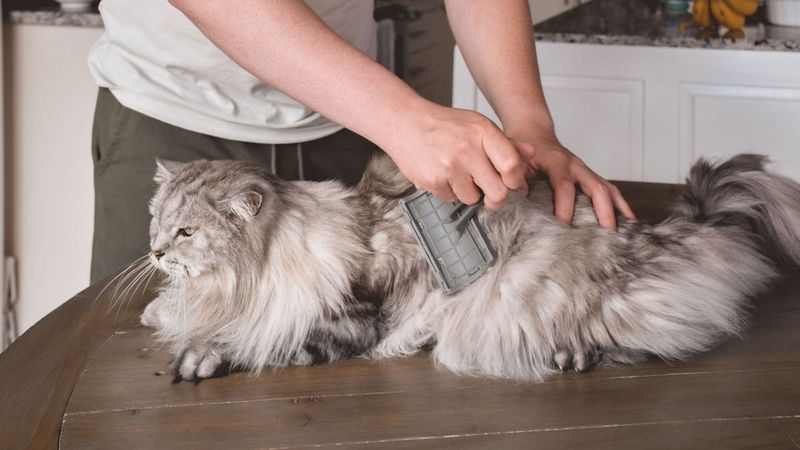
Grooming is more than just about appearance; it’s a sign of self-care. A cat that regularly grooms itself is usually healthy and content.
This behavior helps remove loose hair and distribute oils, maintaining a clean, well-kept coat.
Conversely, excessive grooming or neglecting grooming altogether can signal stress or health problems.
Content Sleeping
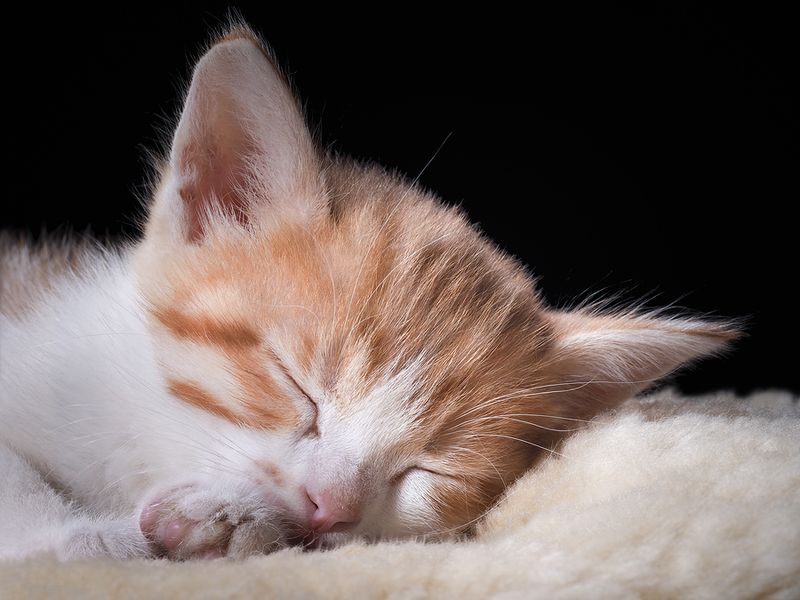
A cat that sleeps soundly and comfortably is a content one. Cats often find cozy nooks and bask in the warmth for their naps.
Sleeping in a relaxed posture, such as on their back or side, often indicates a sense of security.
Changes in sleeping patterns, however, might signal anxiety or health issues. Observing these patterns is crucial for ensuring your cat’s peace of mind.
Lethargy

Lethargy in cats can be a concerning sign, indicating possible health issues or distress. A cat that seems uninterested in play or usual activities may be experiencing discomfort or illness.
It’s important to note any changes in energy levels, as they can reveal underlying problems.
Consulting with a veterinarian at the first signs of lethargy can help address potential issues early on.
Poor Coat Condition
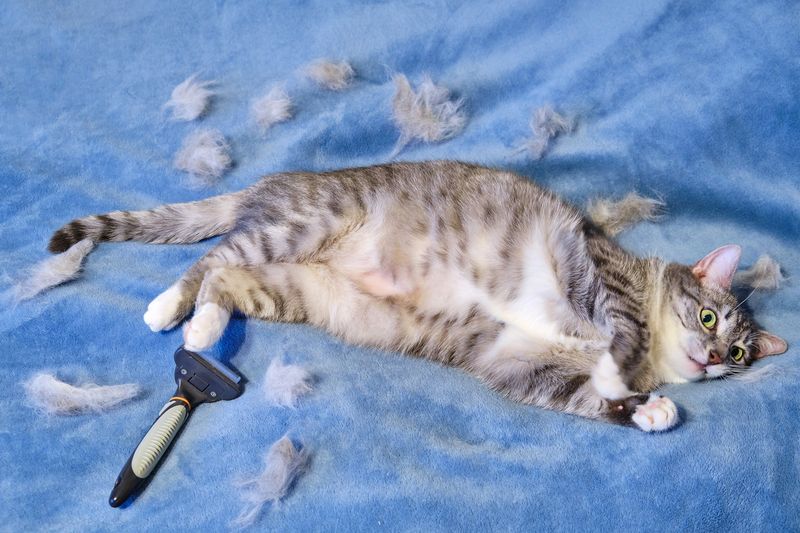
A dull, matted coat can be a red flag for a cat’s health. Cats usually maintain a clean, shiny coat through regular grooming.
When this is not the case, it could indicate stress, nutritional deficiencies, or health problems.
Addressing such issues promptly with diet changes or vet visits can help restore your cat’s natural sheen.
Hiding Behavior
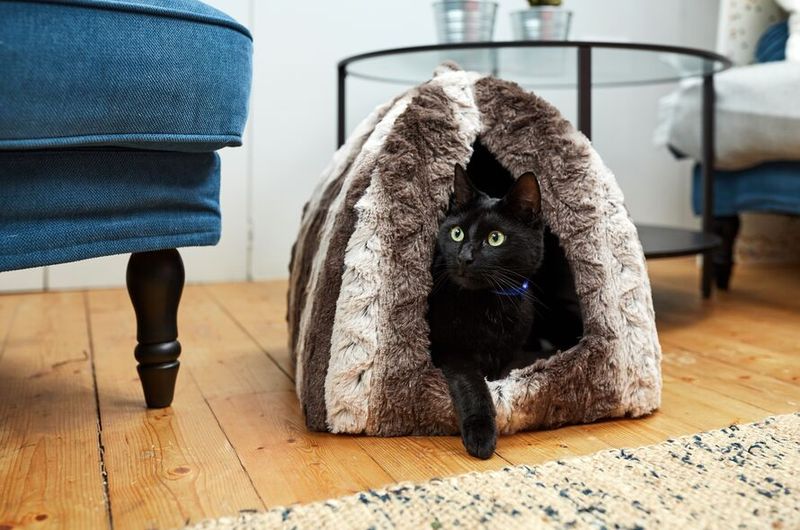
A cat that frequently hides may be signaling distress or fear. While occasional hiding is normal, persistent behavior can indicate anxiety or discomfort.
Cats often seek solitude when they feel unsafe or unwell.
It’s important to create a secure environment and identify any stressors that may be causing this behavior.
Aggression
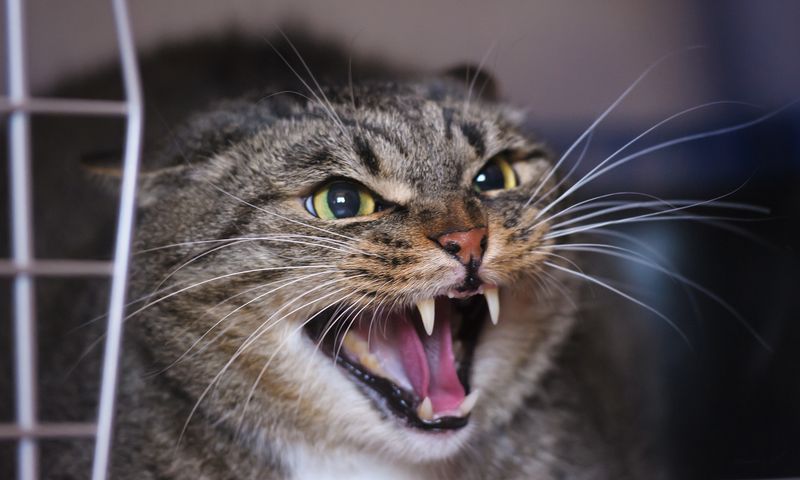
Aggression in cats can manifest as hissing, biting, or swatting. This behavior is often a sign of fear, pain, or territorial disputes.
Understanding the triggers behind aggressive behavior is crucial for addressing and alleviating the issue.
Providing a calm environment and consulting a vet or behaviorist can help manage aggression.
Excessive Vocalization
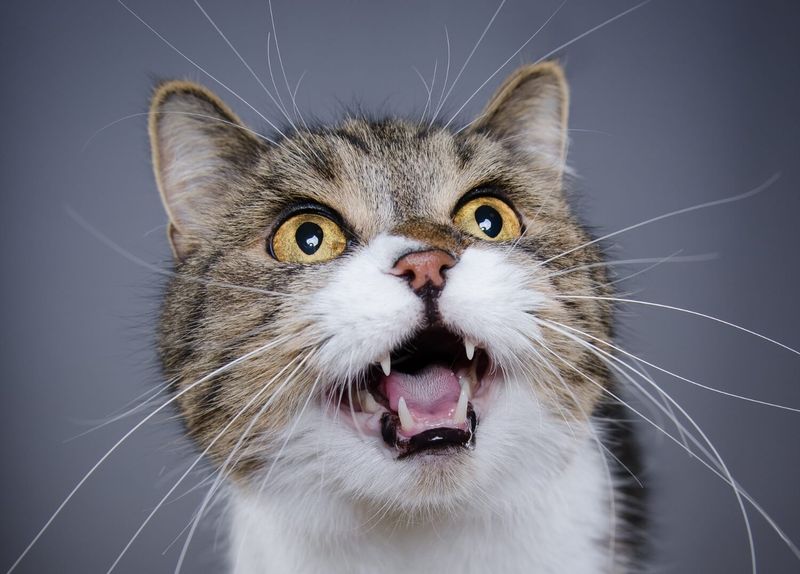
Excessive vocalization, such as relentless meowing, can be a sign of distress or an unmet need. Cats may vocalize excessively due to hunger, loneliness, or discomfort.
It’s important to observe the context and frequency of the vocalization to understand its cause.
Addressing the underlying issue, whether through companionship or environmental enrichment, can help reduce excessive vocalization.
Change in Litter Habits
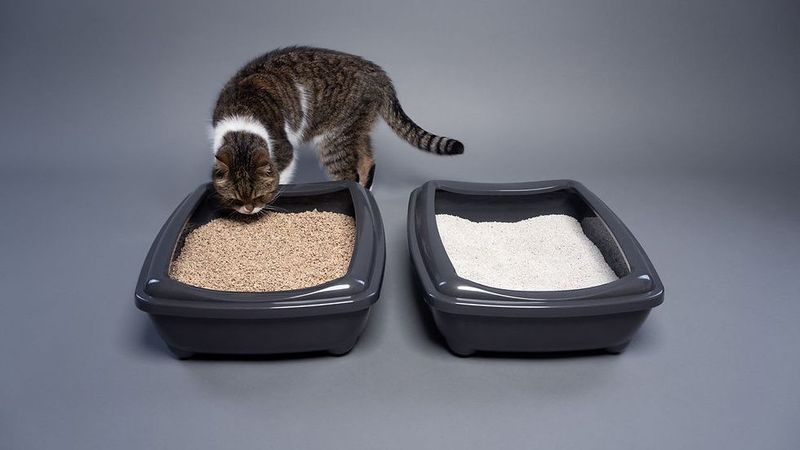
Sudden changes in litter box habits, such as avoiding it altogether, can signal a problem. This might be due to stress, medical issues, or dissatisfaction with the litter box setup.
Monitoring these habits is essential for early detection of potential health or behavioral issues.
Adjustments to the litter environment or a vet check-up may be necessary to resolve the problem.
Weight Loss or Gain
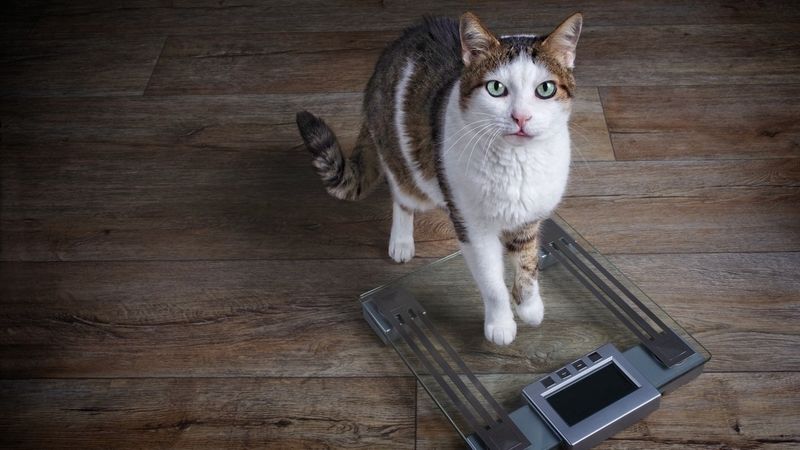
Unexplained weight loss or gain in cats can be a sign of underlying health issues. Changes in weight often reflect dietary or metabolic problems.
Regular weight monitoring can help identify these changes early.
Consulting with a veterinarian can ensure a proper diagnosis and treatment plan to maintain your cat’s optimal health.
Changes in Social Behavior
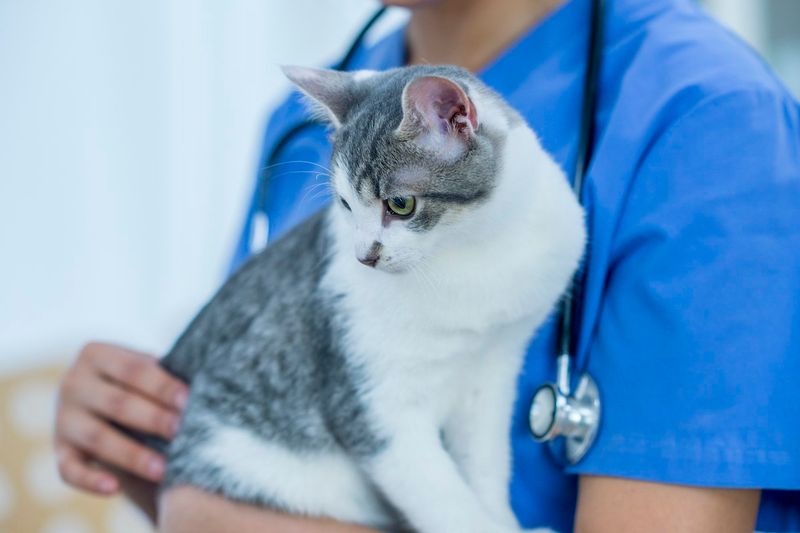
Changes in social behavior, such as withdrawing from interaction, can be an indication of distress. Cats are naturally social creatures, and avoidance can signal discomfort or health issues.
It’s important to observe these changes and understand potential causes.
Creating a supportive environment and seeking veterinary advice may be necessary to address the issue.
Excessive Scratching
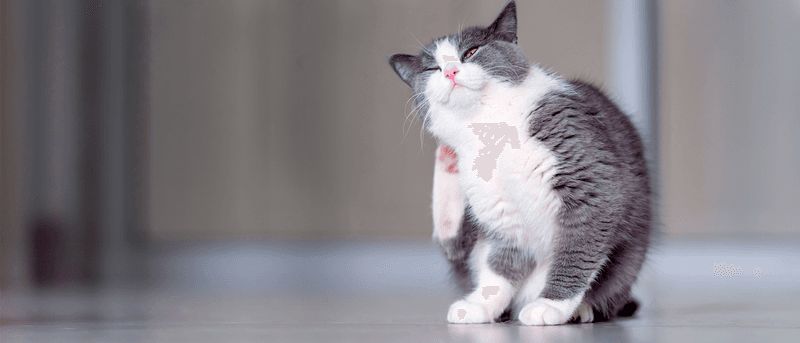
Excessive scratching can be a sign of anxiety, boredom, or a lack of proper outlets for a cat’s natural behaviors. Cats may scratch excessively to mark territory or relieve stress.
Providing scratching posts and engaging toys can help redirect this behavior.
Understanding and addressing the root cause is essential to prevent damage and ensure a happy, healthy cat.

